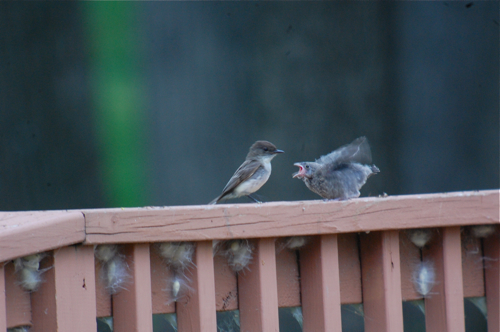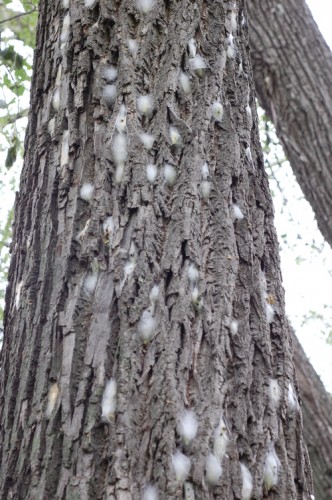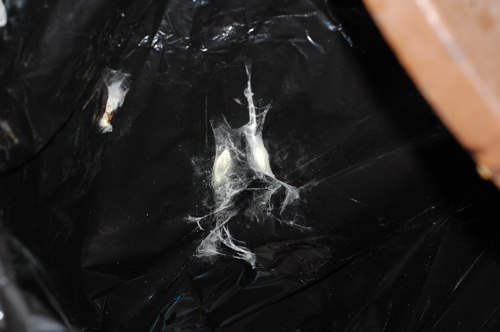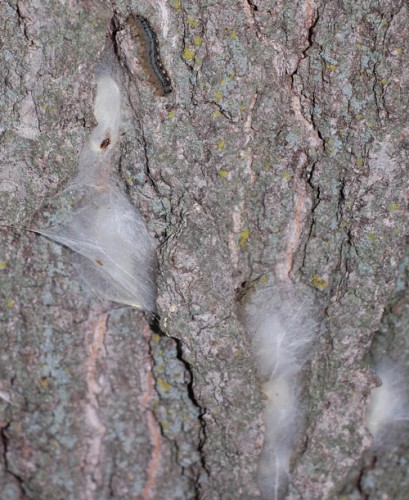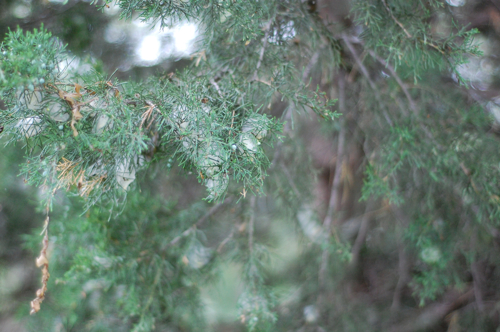Team eBird has produced a visualization tool that allows you to see where birds have been seen along the Gulf Coast overlaid with a map of the current oil slick and forecasts for the next 72 hours from NOAA. The map highlights ten focal species of conservation concern that are being impacted by the current oil spill. Here's a reduced screen shot for the brown pelican taken this morning (Friday) to give you an idea:

The green is the oil spill and you can see where it's hitting compared to where birds are congregating. The hope is that efforts for clean up and protection can be concentrated to where the most birds are congregating. You can help by going to the Gulf Coast, watching for birds and reporting your bird sightings to eBird. If you don't live on the Gulf Coast but have some time, plan a visit--reporting birds is important, especially in areas off the beaten path that aren't getting as much media coverage. The website does remind people that if an area is off limits due to breeding birds or other wildlife to please pay attention and do not violate any rules.
Also, it's not just the Gulf Coast birds that need to be reported right now. If you can't make it down there, consider counting birds you see where you live now and reporting those to eBird. We do not know how the oil spill will effect migratory birds--birds you may have nesting in your yard now. Think about herons, ducks and even orioles, hummingbirds, and warblers. The Minnesota state bird--the loon is even at risk. We need to know what the numbers are now so that next spring we can see who is missing.

This is a quick photo that I snapped last week on my way in to work of an adult sandhill crane with its colt about to hide in some grass. Depending on where these birds end up along the coast in migration--this little young bird hatched this summer is at risk. We do not know how the food chain will be affected long term--birds of all types fuel up before they cross the Gulf--as marshes and wetlands take in oil--will the necessary food be there for the migrants? Even birds that winter along the coast like cranes--will they have enough food, will they be able to avoid ingesting oil? Will loons spending the winter in the Gulf not have food or be covered in oil? We don't know and we need numbers now. We can all do our part in a small way to take stock of our local bird life.
I generally try to be a glass is half full kind of gal. When people complain about how many species we have lost or bird populations in trouble, I think about how many species have rebounded--like pelicans, cranes, peregrine falcons, bald eagles and herons--I still have hope we can fix things. But then this oil spill happens and it's hard to maintain that positive outlook. We've worked so hard for so many species and then one big disaster by a company who was ill prepared to deal with it has mucked it up. And I don't trust BP. Especially when I see the shady dealings like using the local sheriff to shoo media away. Here's a video of the Terrebone Parish Sheriff "strongly encouraging" Drew Wheelan who is reporting on the birds affected by the spill for the American Birding Association to leave and not film BP's building. Shady. Very shady.

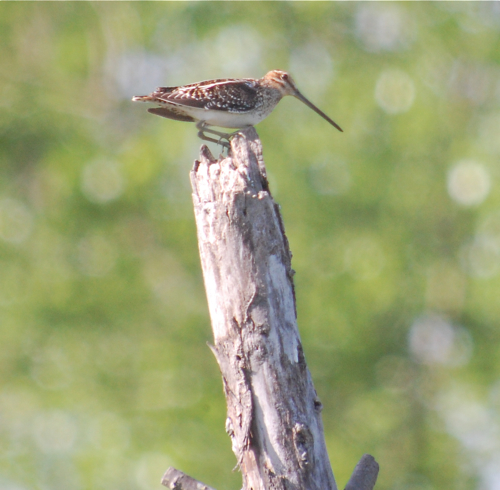


 And here is the front of the flycatcher--note they do have some yellow on the belly, but nothing like what we see in Carrol's photo. I thought the photo was a perfect time to talk about an AWESOME book that came out this spring.
And here is the front of the flycatcher--note they do have some yellow on the belly, but nothing like what we see in Carrol's photo. I thought the photo was a perfect time to talk about an AWESOME book that came out this spring.

